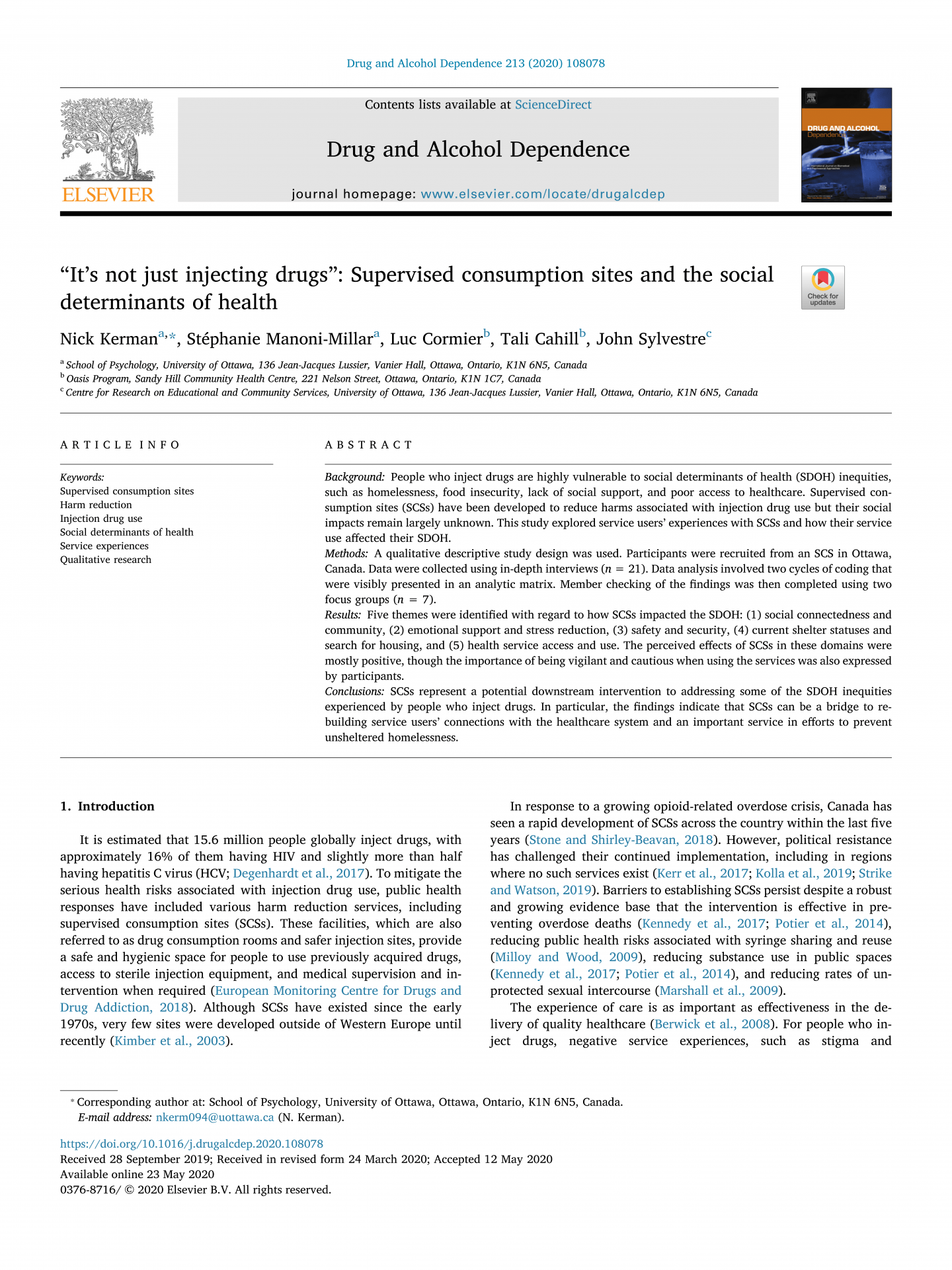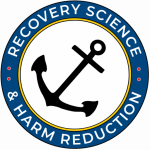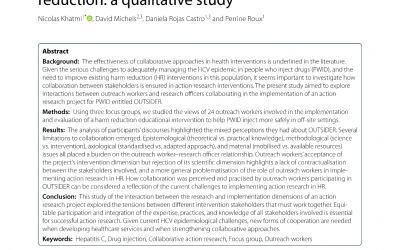Article
Kerman N, Manoni-Millar S, Cormier L, Cahill T, Sylvestre J. “It’s not just injecting drugs”: Supervised consumption sites and the social determinants of health. Drug Alcohol Depend. 2020 May 23;213:108078. doi: 10.1016/j.drugalcdep.2020.108078. Epub ahead of print. PMID: 32485658.
Article Summary
The authors of this article report on interviews with people who inject drugs in Ottawa, Canada, to gain information about their experiences with supervised consumption sites. Supervised consumption sites are defined as sites that prove a safe and hygienic space for people to use previously acquired drugs with sterile injection equipment, and medical intervention when needed. The authors talk about various social factors that negatively impact health outcomes among people who inject drugs. For example homelessness, lack of social support, poor access to healthcare, and lack of access to food are additional social factors negatively affecting this group.
The research project worked with a local consumption site to find individuals that may want to talk about their life. The interviews with participants provided information about experiences with supervised consumption sites and how using supervised consumption sites impacted the other social factors.
In reviewing the comments of participants, the authors found themes related to 1) social connectedness, 2) emotional support, 3) safety, 4) housing status, and 5) access to and use of healthcare services. Supervised consumption sites were reported to have positive changes across these themes. Based on their results, the authors suggest that supervised consumption sites can be central in connecting people who inject drugs to healthcare services, plus shelter and supportive housing options.


